Our Amboseli trip report summarizes our 5 day photo trip from Nairobi to Amboseli and back.
1.Day: Munich -> Frankfurt -> Nairobi (EKA Hotel)
2.-5.Day: Nairobi – > Amboseli National Park (Amboseli Serena Safari Lodge)
6.Day: Amboseli National Park – Nairobi (EKA Hotel)
7.Day: Onward journey to the Masai Mara, see travelogue Masai Mara
Local currencies: Kenyan shillings, but almost everywhere USD are gladly taken. Also, credit card payment works everywhere without problems and in almost any currency, including Euro.
Visa: For Kenya an eVisa is necessary. This can be ordered relatively uncomplicated via the website. Attention: the visa is valid for 90 days from the day of issue – NOT the day of entry. With the entry it has a validity of 90 days. So you should definitely apply for it less than 3 months before entry. Click here for the Visa. The visa currently costs 50 USD and it takes about 48h until it is issued.
Vaccinations: Coming from Germany, no vaccinations are required except COVID-19 – not even yellow fever. However, the standard vaccinations are recommended, so follow the suggestions of the Foreign Office. Malaria prophylaxis applies to the whole of Kenya, i.e. here everyone must weigh up for themselves whether or not.
Helpful: A small pocket knife and a strong flashlight with spare batteries are often very useful. A cell phone flashlight is also useful, but often does not shine far enough.
Clothing: In the lodges in Africa you can usually have your clothes washed for free or for a small extra charge. I.e. you can save a lot of luggage. In any case, choose muted colors and preferably functional clothing, as it can be very cool in the morning and warm to hot during the day.
In Nairobi there is a Turkish Airlines lounge, as well as a Skyteam lounge. As an LH Star Alliance member, you can use the Turkish Airlines Lounge at Gate 13 free of charge.
If you decide to go to Amboseli, when you are already in Nairobi, you may want to check out the trips to find on Get Your Guide below.
Day 1: The flight from FRA to NBO is a day flight with LH. One flies off at 11:10 o’clock and lands in the 20:20 o’clock. Time difference in Kenya is +1h compared to Germany.
The entry is relatively uncomplicated, if one compares it with the nevertheless complex preparation. Before entering Kenya, you have to apply for a Visa, which can only be done online and costs about 50 USD. The visa is valid for 90 days from the date of issuance, the date of entry, which you specify is completely useless and unimportant. So you should apply for the visa less than 90 days before the planned entry. Usually it takes less than 48h.
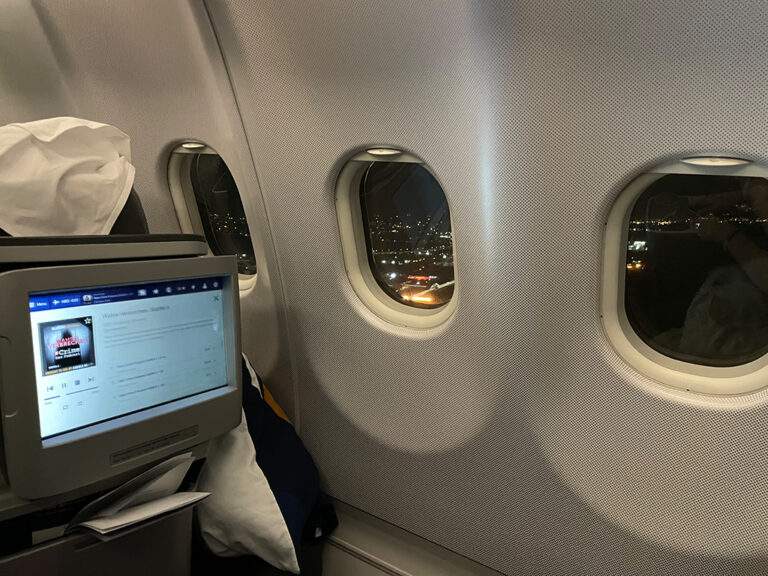
On the spot, the entry procedure is a bit like the immigration in the USA. A picture is taken and the fingerprints of the right and left hand are taken. This makes it take a little time, but it is much faster than in the USA.
Coming out of the airport, there is a typical African hustle and bustle and you have to find your driver among the many holding up signs with their names.
We spend the first night at the EKA Hotel, which is about 20 minutes drive away, directly on Mombasa Road. The hotel is a typical safari tourist hotel. Very neat, very safe and definitely with one of the best cheeseburgers we have eaten in our lives. Add to that a Kenyan Tusker beer and the evening couldn’t end any better.
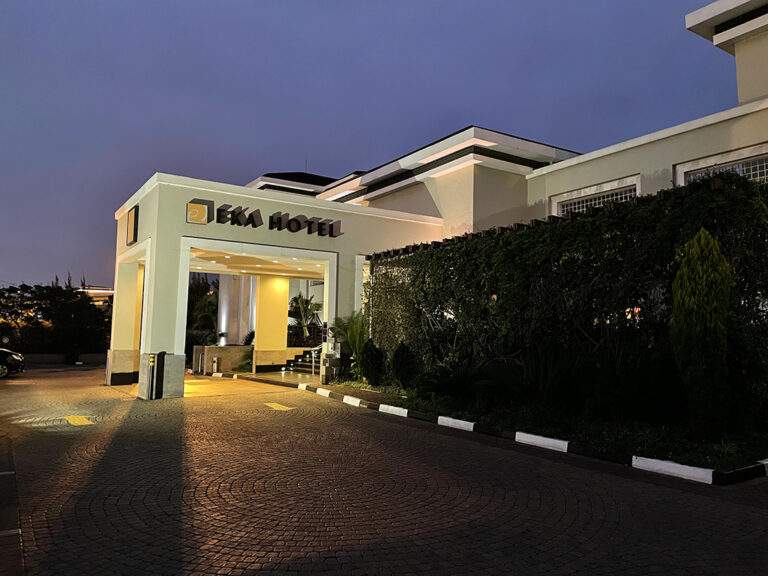
Day 2.-6.: After a short night we go at 7am for breakfast, which is also highly recommended and at 8am we are picked up by Hassan, our driver for the next 5 days.
The drive to Amboseli takes a good 4.5h and it would be a lie to say that you see exciting things. The drive is just long and boring for long stretches. On the way we stop once, at a “Safe Stop”, where you can of course buy souvenirs.
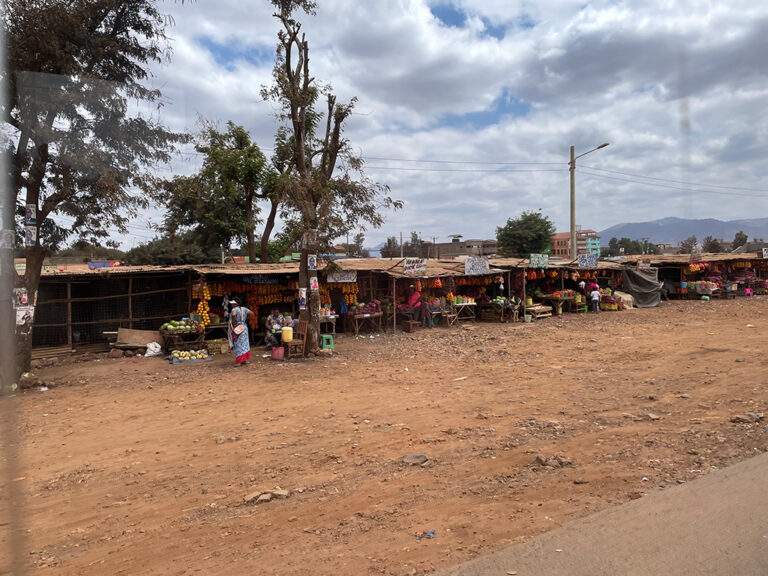
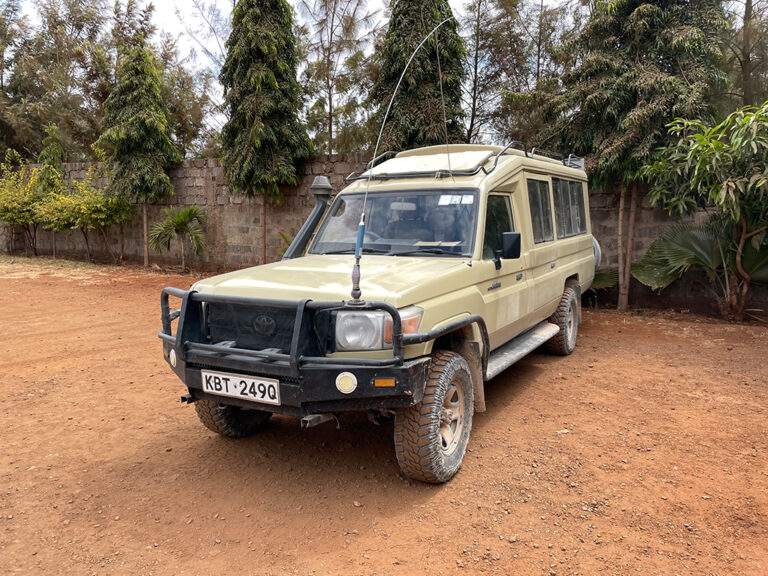
When you finally reach the red entrance gate to Amboseli National Park after 4.5 hours, you immediately feel the tension rising in you. Will you be lucky enough to see one of the last Big Tuskers (elephants whose tusks reach the ground and of which there are now only less than 20)? Will you be able to see Kilimanjaro? What else will one experience ?
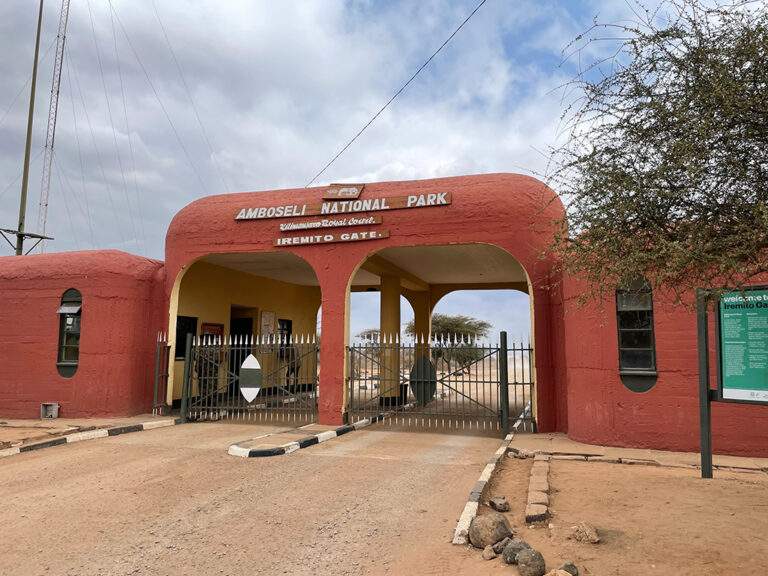
Amboseli is one of the driest national parks in Africa. Already at the entrance you can observe the dusty whirlwinds. Who wants to change his lenses here on the way, should forget it directly. Also the so-called “air pumps”, i.e. lenses whose tube moves in and out and which are not dust and water protected, should be left at home if you want to avoid too much dust on the sensor.
The safari cars are driven open and in the evening you feel a little sandblasted. The dust sits in every pore and covers everything in the car. If you don’t believe it, just wipe your face with a damp washcloth and no, it’s not self-tanner.
We take up quarters at Serena Lodge, which is the only lodge in the park besides Ol Tukai Lodge.
We already know the Serena Hotels (de facto it is not a lodge but a hotel) from Tanzania and honestly did not expect much. However, for a lodge with 160 rooms, the Serena is very good. The rooms are small but cozy and lack nothing. The food is good, although a little variety at the buffet (lunch and dinner) would not hurt. With us was apparently Indian week, there were 5 days Indian buffet. However, the quality is really good.
Amboseli is one of the best spots in the world to see the large and majestic elephants and with luck the herds right in front of Kilimanjaro in the background. Just the dust makes the pictures unique. In Amboseli there are no leopards and rhinos, as the last ones were killed by poachers in 2015. But there are most other animal species of Africa, including the very rare striped hyenas, Grant’s gazelles, red gazelles and thousands of birds of all species.
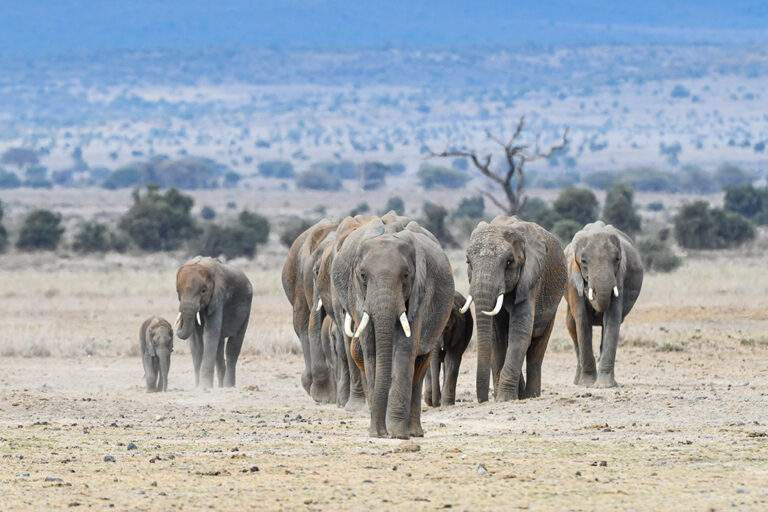
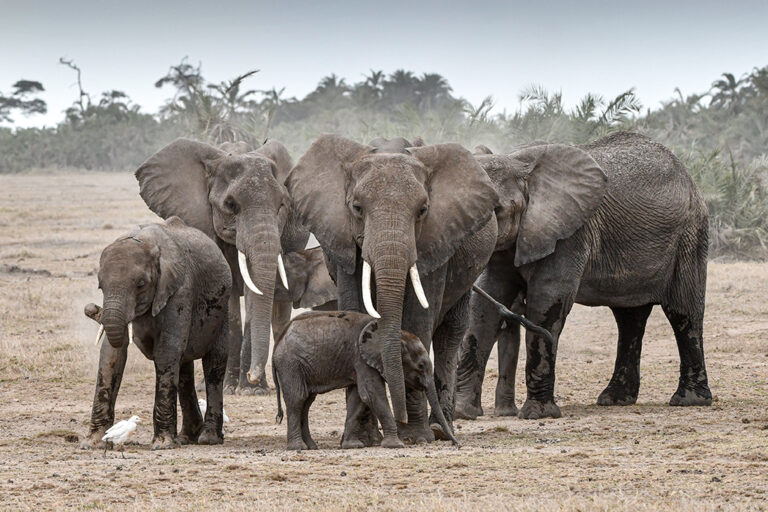
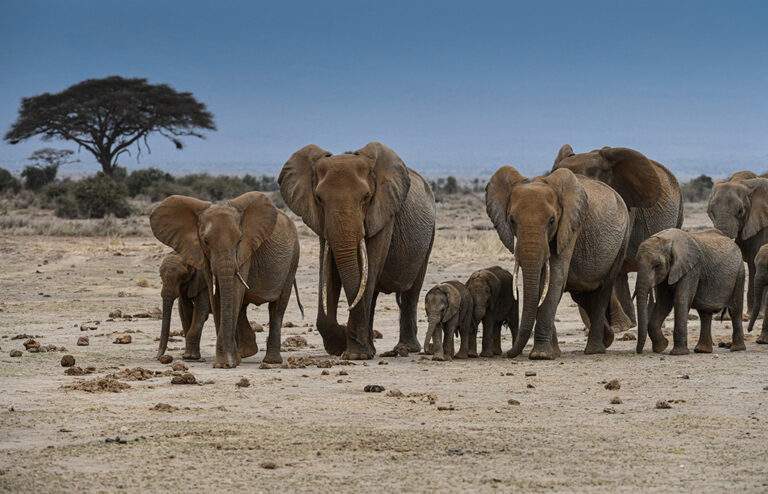
The wildlife is impressive, so much so that after a short time you no longer notice the thousands of wildebeests, zebras and gazelles of all species.
You only look for the elephants and the few big cats in the park. The lions are very grayish here and most of the time you just lie around lazily. The cheetahs mostly seek cover, especially when they have cubs.
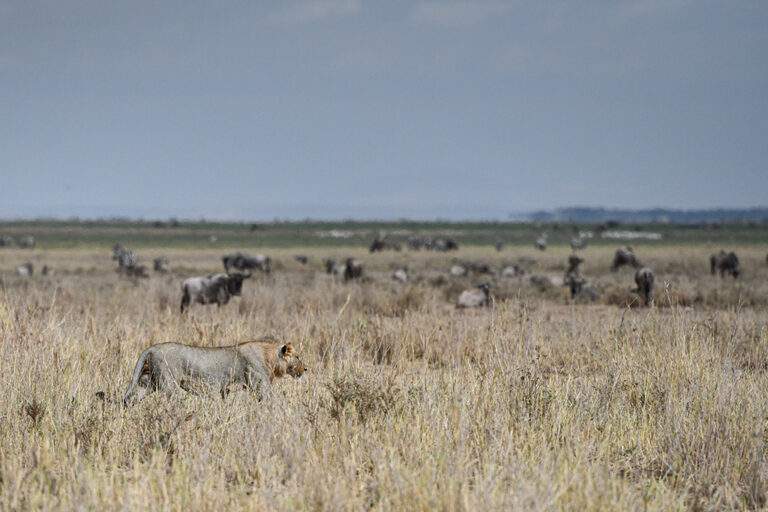
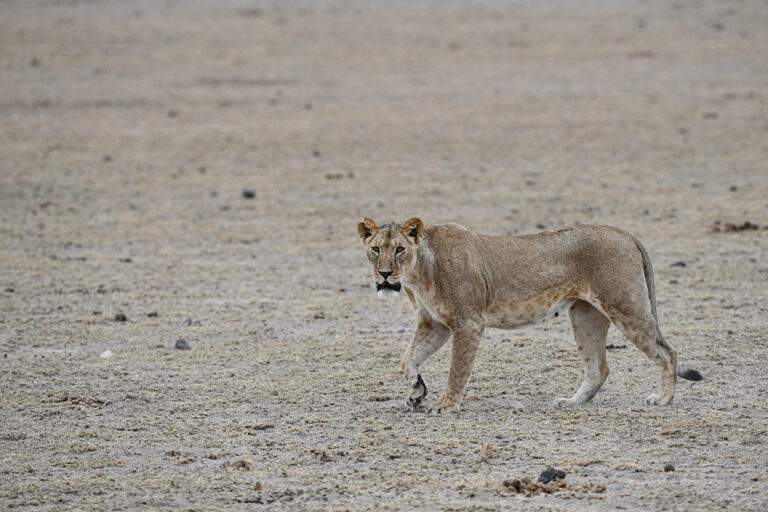
The density of lions and cheetahs in the park is rather low, so you have to be a bit lucky. In contrast, the number of hyenas is quite decent and so you see them regularly, especially near the lodge. Also the number of different species of vultures is high here, because a lot of animals, especially zebras and wildebeests die in the months Jul-Sept, when they don’t find enough food anymore. As I said, large parts of the park are a dust desert.
The park itself is not surrounded by a fence, so animals are free to migrate, both to Tanzania and south to Tsavo West.
Our highlights of animal sightings in Amboseli, besides elephants and big cats, were a striped hyena, a huge rock python, black-backed jackals and large flocks of flamingos.
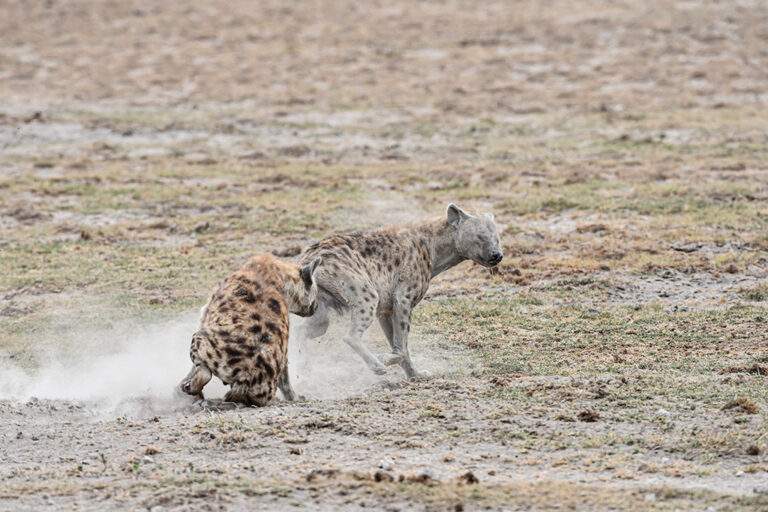
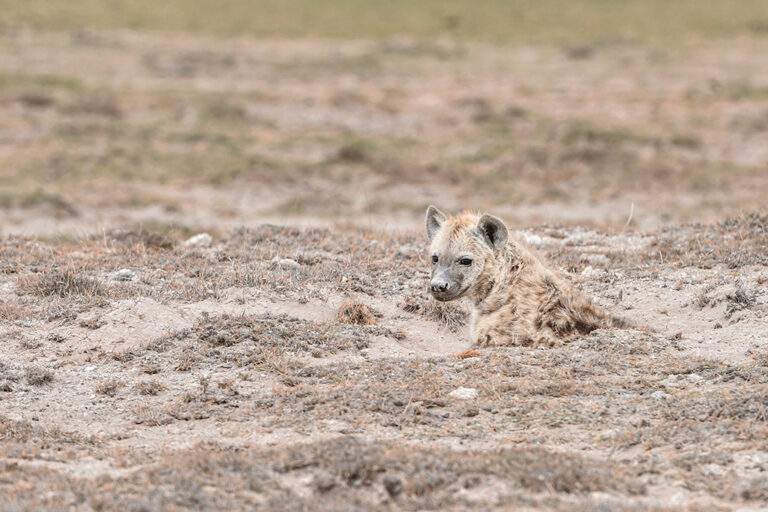
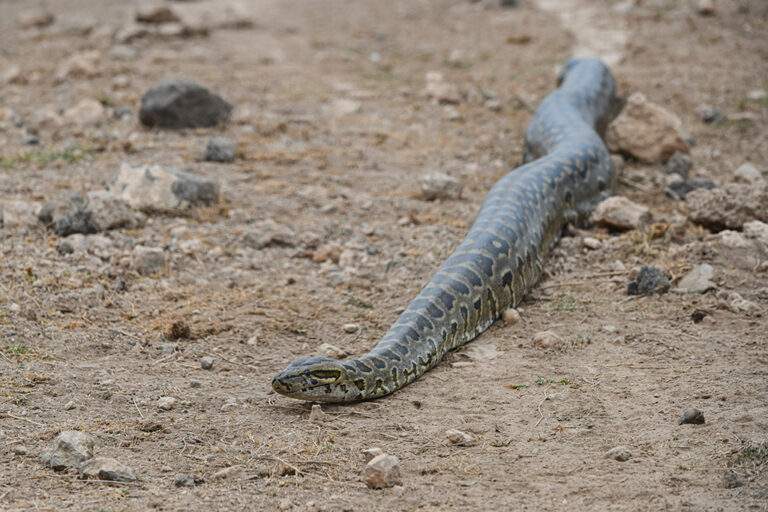
In Amboseli, you discuss with your driver how you want to drive. There are 3 options:
in the morning from 6:30 -08:30, then breakfast and from 16-18:30 the afternoon drive
breakfast in the morning at 06:30 and drive from 07:00-11:00 and from 16-18:30 the afternoon drive
Breakfast, time doesn’t matter, until 9am and drive all day until dinner (packed lunch).
We did option 1 and 2. Option 3 is only worth it from our point of view if you only have 1 day.
We liked option 1 the best.
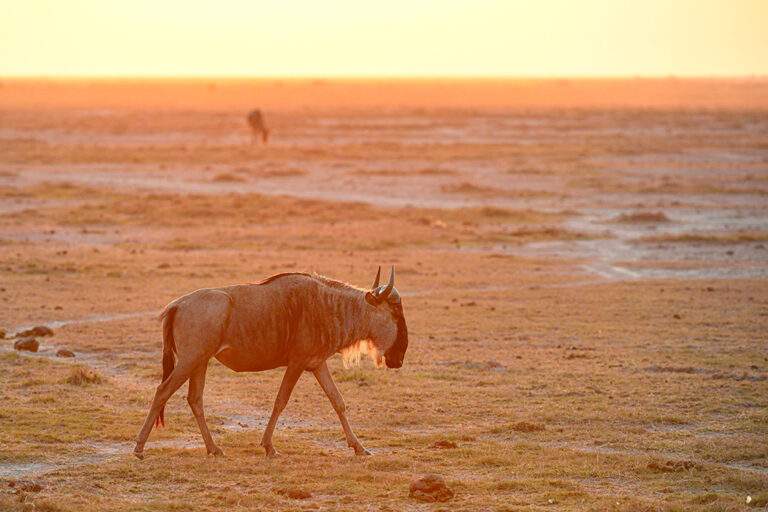
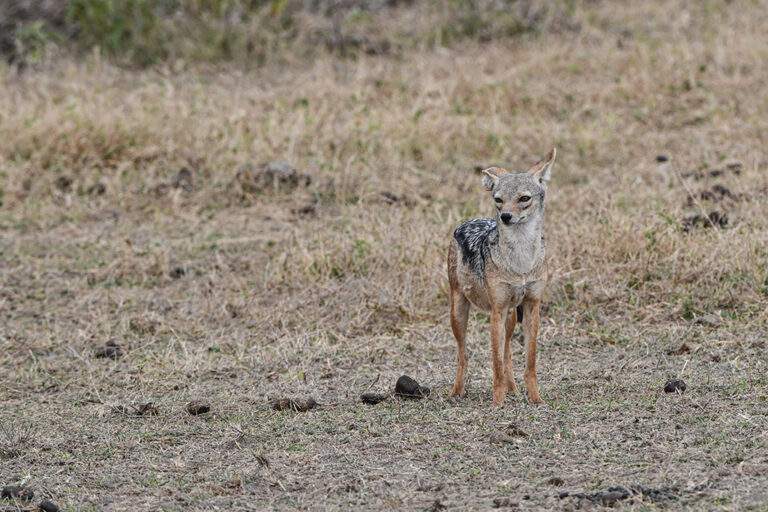
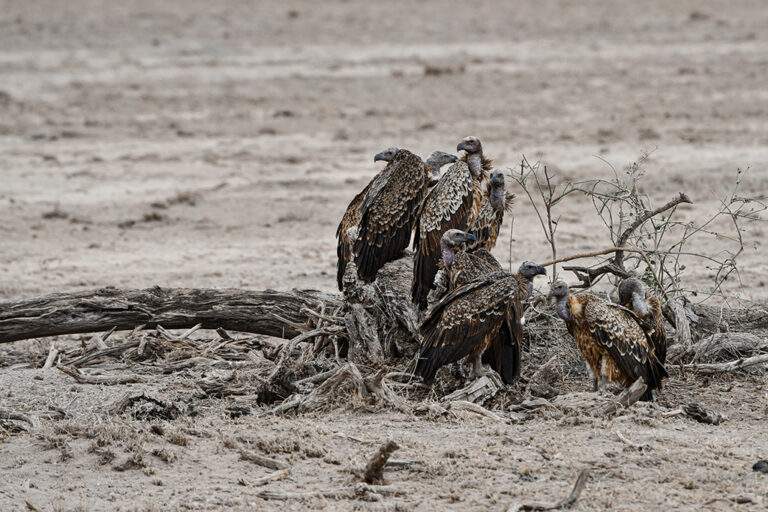
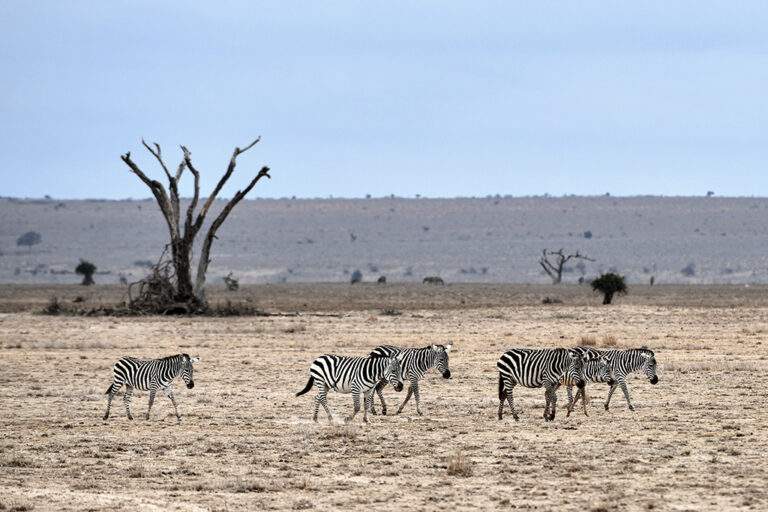
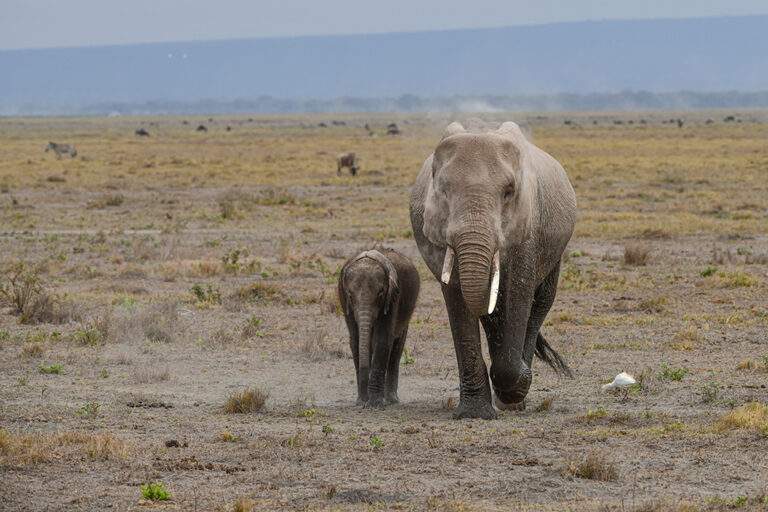
We wanted to go to Amboseli to see the Big Tusker. Unfortunately, we succeeded only 1 time and so far away that one could not really make pictures. Big elephants with proper tusks – but no Big Tusker – we have seen regularly.
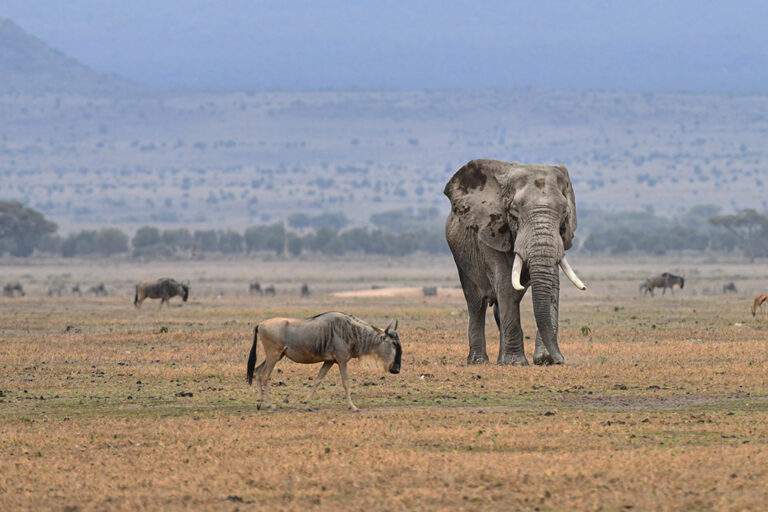
We had to wait 4 long days and nights to finally see the mountain of mountains in the morning of the 5th and last day. It changes the impression of the park immensely and the silhouette is really asserordentlich, even if we have seen him only for a short time (6-10 o’clock), before the clouds covered him again.
In July, August and September there is just no guarantee of the mountain and you need the little bit of luck that we had in the end.
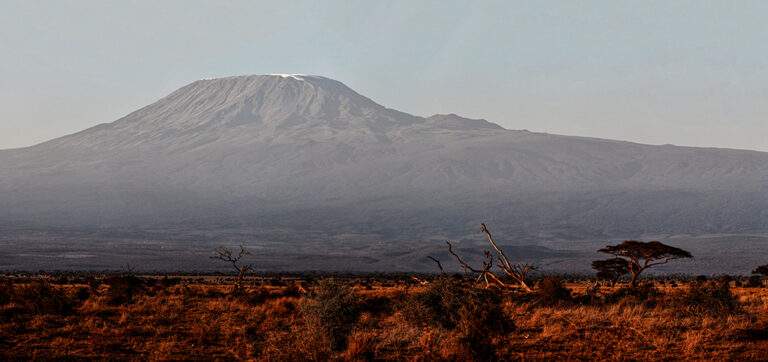
The drive back to Nairobi is again about 4.5 hours and we are clear, the next time we fly this route, because it saves you almost a day and it is much better for the rear.
Amboseli is a photographers dream. The abundance of animals is magnificent and the constantly changing light moods and landscapes (between dust dry and swamp grass green) do the rest. Safari novices are overwhelmed with African wildlife here.
It is a pity, and this should also be noted here, that the park does not have a vehicle limit and so the park is usually extremely crowded and every “SIghting” becomes a big event.
For those who want to take great photos not always easy. Often it is so crowded that the approaching herds of elephants have no choice but to turn back, because they would not get through the “Wagenburg”. Here should be urgently thought about a new regulation of the parking licenses per day.
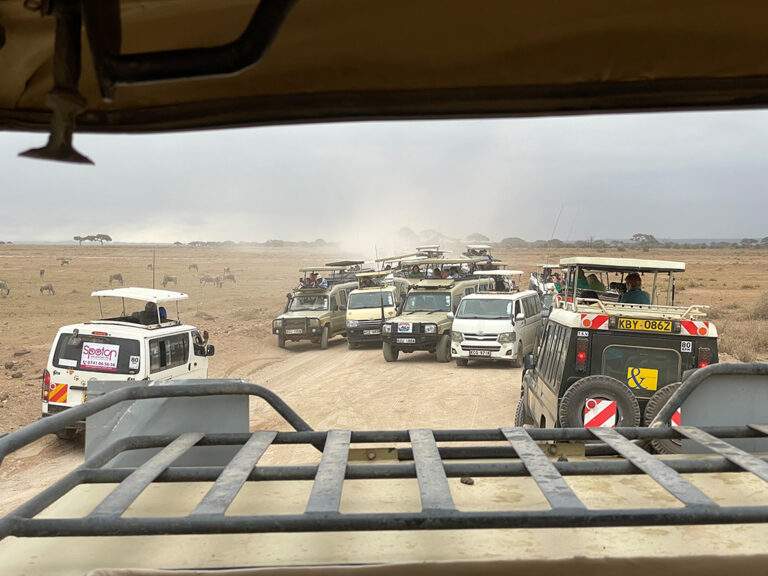
The photo equipment we took to Amboseli in Kenya is listed below. In addition, you have the possibility to order the used photo equipment directly via our Photo-Store and to request further technical details. There you can also find a lot of extras.